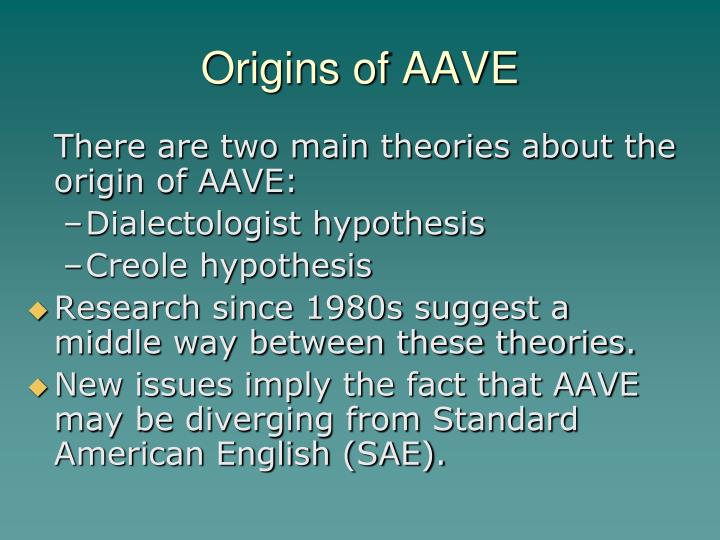

The book “Talking Back Talking Black: Truths About America’s Lingua Franca,” by John McWhorter, compares AAVE to British English. When people use AAVE, they sometimes don’t treat it like a real language that is connected to a culture with its own rules for grammar and usage. “In my everyday experiences, I’m not sure I come in contact with a lot of people using or misusing it based on where we are, but I am cognizant of the fact that there are people out there who capitalize on subaltern cultures in order to promote themselves,” he said.

Tyrone Williams, who teaches African American History at Oak Park and River Forest High School, shared his opinion on people misusing it and gaining attention from it. While some use it without knowing, others use it to gain attention since it’s so “trendy” now. One of them said, “She served and ate what she served periodt queen purr.” This one doesn’t even make sense in AAVE or standard English. On Twitter, there’s an account named AAVE struggle tweets that posts screenshots of people misusing AAVE. The correct way would be if she said periodt at the end of the sentence. While she was showing the brush that everyone was telling her to get, she said, “…and I periodt got one.” That’s obviously not how you use it correctly. One day I was scrolling on TikTok, and I came across a video of a white girl showing her oiling scalp routine. Many people use it in the wrong way unconsciously. That effort never caught on, but AAVE is as popular as ever. You might have heard of Ebonics, a term coined in the 1970s that became controversial in 1996, when the school board in Oakland, California “recognized it as the ‘primary’ language of its majority African American students and resolved to take it into account in teaching them standard or academic English,” according to The Linguistic Society of America. The article states that a “great variation was exhibited in the speech of Africans when they were first brought to the ‘New World’ and to colonial America, as indicated in references to Black speech in slave advertisements and court records.”ĪAVE is also known as African American English or Black English. According to the internet reference site ThoughtCo., AAVE originated on the plantations in the South. AAVE, which stands for African American Vernacular English, is a dialect (or some consider it a language) that many Black people speak.ĪAVE has a long history that goes back to slavery. You might think you don’t know what that is, but chances are you probably know lots of AAVE and use it every day. You might think of these words as Gen Z or internet slang, but they are actually part of AAVE. Before can indicate past up to the present and saying “Steve has seen the race before” is correct usage.Sarah Hollis, Contributor | February 13, 2023įinna.

If you have to use the word ‘seen’, plug it with a word like before. You have to be careful about such sentences. You cannot say “Steve has seen the race yesterday.” While the verb form is correct, the statement is still wrong because it is in the past. If anything has happened in the past, you have to use the word ‘saw’. For instance, “Steve saw the movie.” ‘Seen’ is never used as a standalone verb and is generally accompanied by words such as ‘have’, ‘had’, ‘was’, among others. Typically, ‘saw’ comes immediately after the noun or pronoun. ‘Saw’ is the past tense of the word ‘see’ while ‘seen’ is the past participle. It is good to have a basic understanding of these two words before going ahead. The GMAT sentence correction offers many such examples and the best fit among the two may confuse the test taker. However, sometimes the sentences may be structured in a complex manner. For many people, using the words ‘saw’ and ‘seen’ comes quite intuitively.


 0 kommentar(er)
0 kommentar(er)
